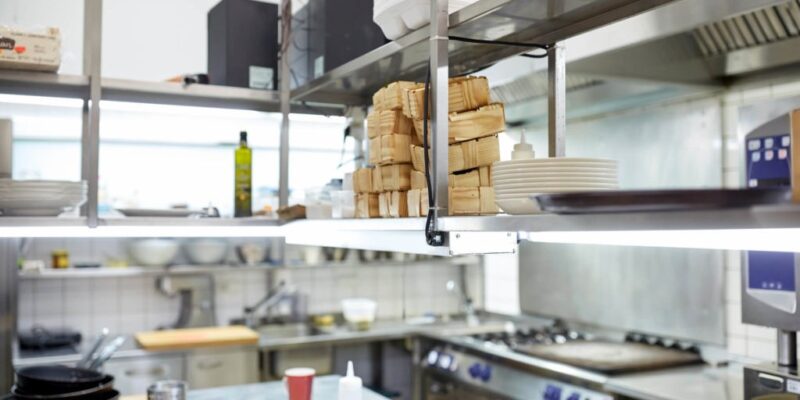Commercial refrigeration equipment is the backbone of any restaurant, ensuring food safety, quality, and longevity. It plays a critical role in preserving ingredients, reducing waste, and delivering fresh, delicious dishes to customers. In this comprehensive guide, we’ll delve into the world of commercial refrigeration restaurant equipment, exploring its types, benefits, and essential considerations.
Types of Commercial Refrigeration Equipment:
Reach-In Refrigerators and Freezers: These are the workhorses of any kitchen, providing easy access to ingredients. Reach-in units come in various sizes, with some designed for storing food pans, while others offer space for larger items.
Walk-In Refrigerators and Freezers: Ideal for larger restaurants, walk-in units provide extensive storage space for bulk ingredients, large cuts of meat, and other perishables. They are customizable to fit the kitchen’s needs.
Undercounter Refrigerators and Freezers: Undercounter units are compact and fit seamlessly into tight kitchen spaces. They are commonly used in bars, where quick access to drinks and ingredients is essential.
Display Refrigerators: These glass-fronted units are perfect for showcasing desserts, beverages, or prepared dishes, making them popular in bakeries, delis, and cafes.
Blast Chillers and Freezers: These units rapidly chill or freeze food to safe temperatures, preserving taste and texture. They are invaluable for maintaining food quality and safety.
Benefits of Commercial Refrigeration Equipment:
Food Safety: Commercial refrigeration equipment maintains proper temperatures, preventing bacterial growth and foodborne illnesses. It ensures that your ingredients and dishes are safe to consume.
Reduced Food Waste: With precise temperature control and organization, you can extend the shelf life of ingredients, reducing food waste and saving money.
Improved Kitchen Efficiency: Easy access to ingredients and proper organization streamlines kitchen operations, allowing chefs and kitchen staff to work efficiently.
Consistent Food Quality: Maintaining the freshness of ingredients results in consistent and high-quality dishes, which is crucial for customer satisfaction and loyalty.
Essential Considerations:
Size and Capacity: Choose equipment that matches the size and needs of your restaurant. Oversized units can lead to energy wastage, while undersized ones may not meet your storage requirements.
Energy Efficiency: Look for energy-efficient models that can reduce utility costs and environmental impact. Energy Star-rated units are a good starting point.
Maintenance: Regular maintenance is crucial to keep your equipment running smoothly. Schedule routine inspections, cleanings, and repairs to ensure optimal performance.
Temperature Control: Invest in equipment with precise temperature control settings to keep ingredients at their ideal storage temperatures.
Placement and Ventilation: Proper installation and adequate ventilation are essential for the efficient operation of refrigeration equipment. Ensure that units are placed correctly and have sufficient airflow.
In conclusion, commercial refrigeration restaurant equipment is a fundamental component of any food establishment. It not only ensures food safety and quality but also plays a significant role in reducing operational costs and food waste. By choosing the right equipment, maintaining it properly, and considering energy efficiency, you can make the most of your commercial refrigeration investment, ultimately delivering exceptional dining experiences to your customers.








Comments